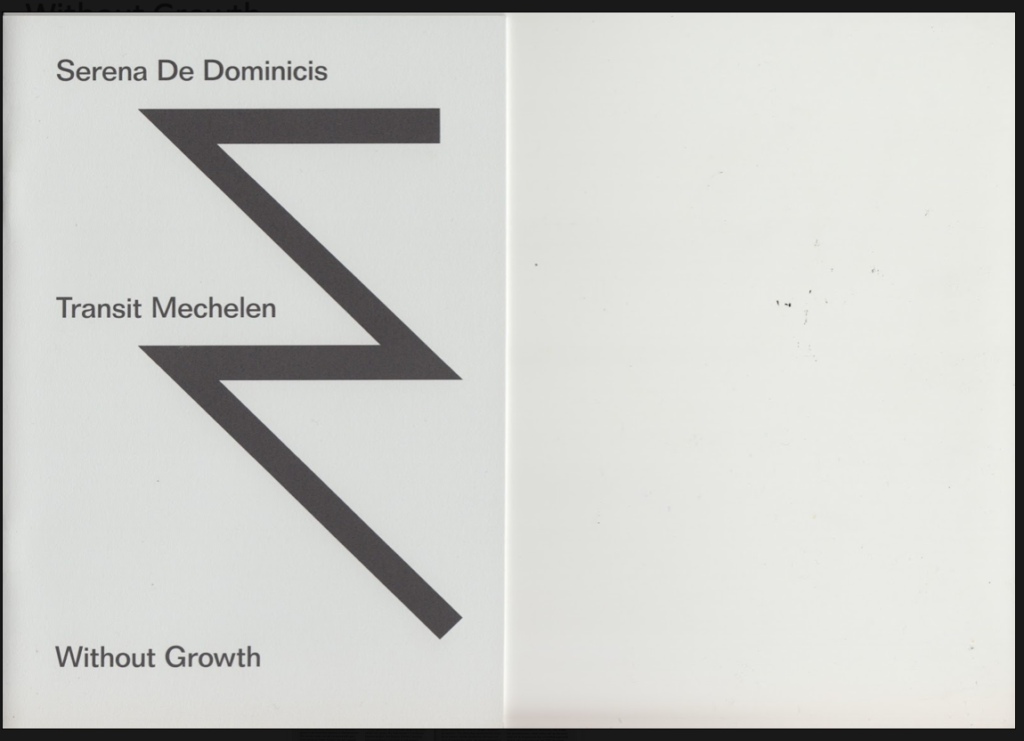Stijn Van Dorpe
Stijn Van Dorpe (°1970 Oudenaarde) onderzoekt de relatie tussen de ruimte van de kunst en de sociale realiteit in het raamwerk van de huidige neoliberale maatschappij. Hij stelt de betekenis van creatieve productie en ideologie vandaag de dag in vraag en houdt de blik op scherp voor alternatieve samenlevingsmodellen. De problematiek van balans houden tussen de autonomie van de kunst en haar emancipatorisch potentieel wordt in zijn werk op een intelligente manier onder de aandacht gebracht zonder daarbij zin voor poëzie en esthetiek uit het oog te verliezen.
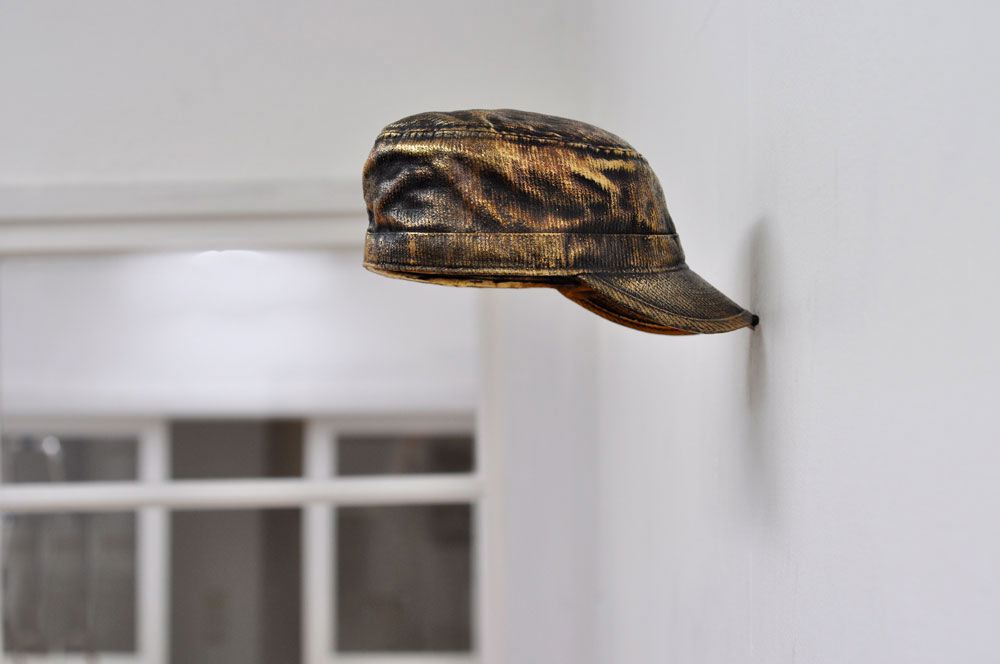
cap’, bronze, ed 7 + 1 ap, 14 x 26 x 16 cm, foto Bas Schevers 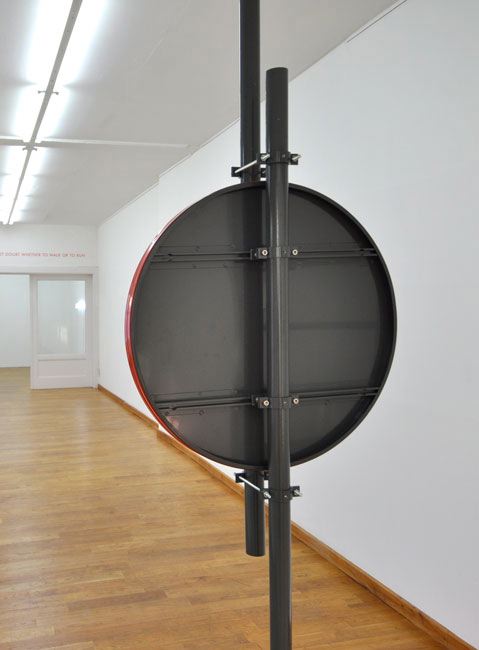
waffle, 2010, verkeersborden, 70 x 20 cm, hoogte variabel 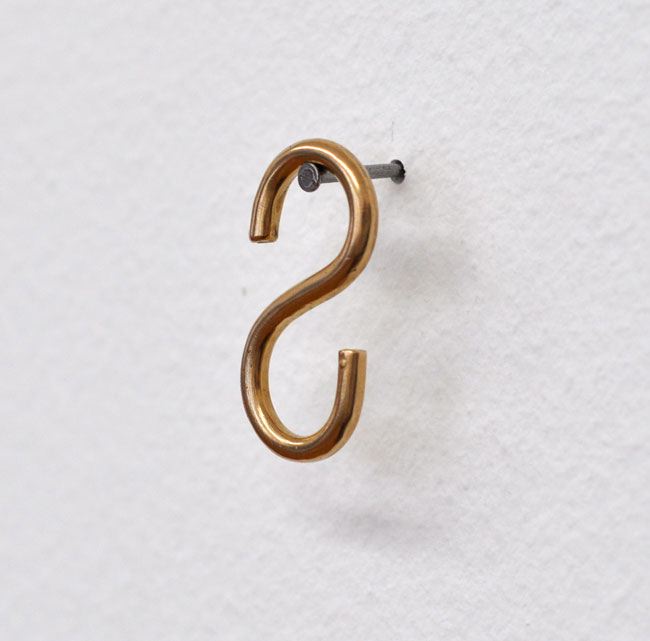
turned S bronze, 2010, brons, ed. 20, 3,2 x 1,6 cm 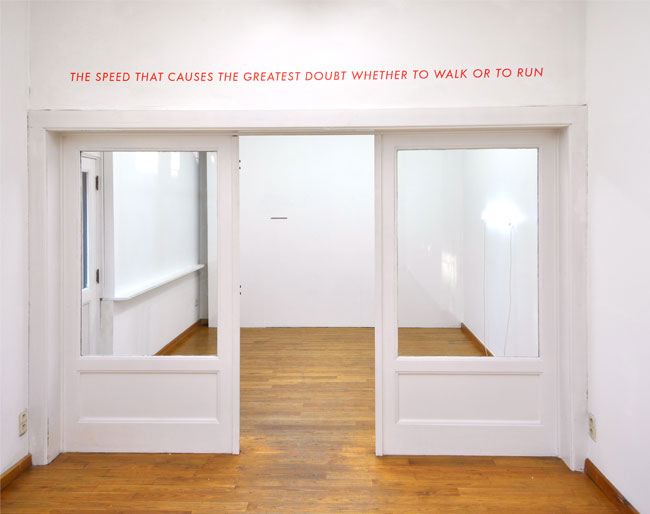
the speed that causes the greatest doubt whether to walk or to run, 2010, mural text, 280 cm 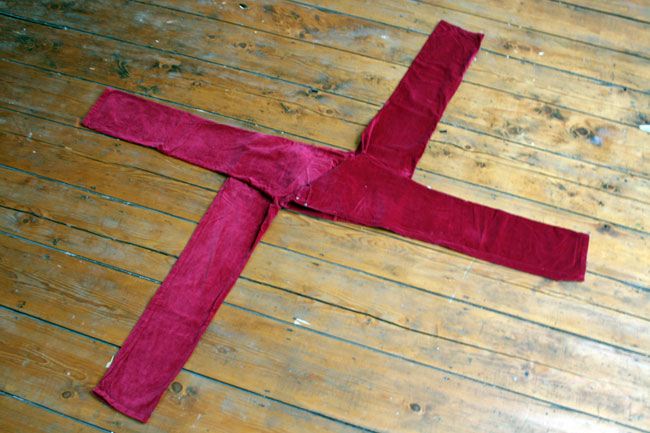
Far West, 2008, 28 dia’s + 28 titels, ed. 3 ex + 1 e.a. 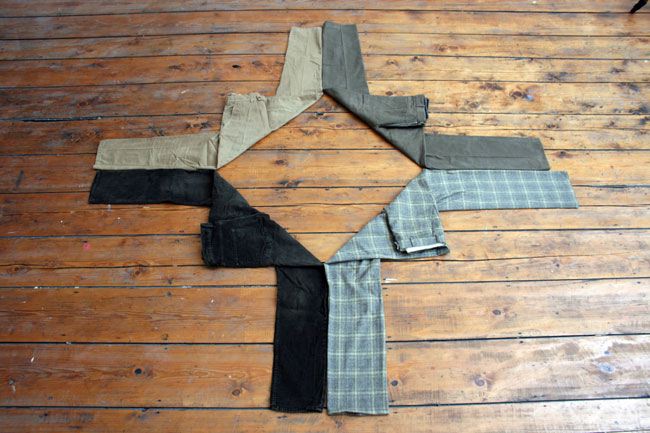
Perfect Square, c-print on dibond, 24 x 30 cm, edtion 3 + 1 ea, 2008 
two stories [Bern, Bergen], 2012, kleurenfoto, ed. 3 + 1 ap, 25 x 36,5 cm 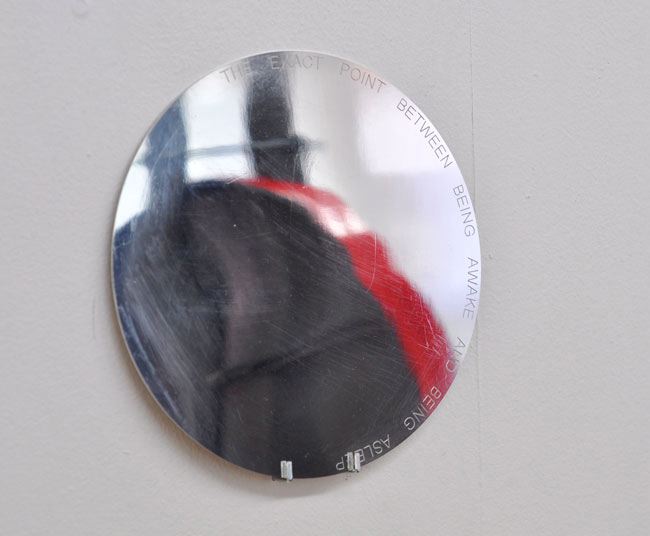
The exact point between being awake and being asleep‘, engraved silver plate, 2010, diam 20 cm
Het Contract | galerie Transit | 2016
Voor zijn zevende tentoonstelling bij galerie Transit vertrekt Stijn Van Dorpe van samenwerkingen die hij opzette met verschillende mensen of partijen. Zo is er ‘het contract’, een samenwerking met enkele leerlingen van het zevende jaar houtbewerking uit een beroepsschool te Gent. Centraal staan hierin de onderhandelingen tussen de leerlingen, de kunstenaar en de galeriehouders over wie welk deel van de opbrengst bij verkoop ontvangt.
In zijn werk onderzoekt Stijn Van Dorpe het maatschappelijk potentieel van de hedendaagse kunst. De kunstenaar is van mening dat de kunst vandaag meer dan ooit onderhevig is aan heersende machtsstructuren en bijgevolg de dominante waarden ervan esthetisch reproduceert. Aan de hand van talrijke samenwerkingen dikwijls met jongeren en studenten brengt hij ‘artistieke’ ideeën binnen in plaatsen die niet tot het elitaire kunstenveld behoren. Waar ons beeld van de kunstwereld (in al haar facetten) oog in oog komt te staan met onze geconstrueerde maatschappelijke wereld, vormen zich vreemde plaatsen. Er ontstaan onbestemde mentale ruimtes die toelaten dat zowel kunst als leven als noodzakelijke conflictueuze ruimtes elkaar becommentariëren. Via het ensceneren van deze antagonistische velden enerzijds en via de tastbaarheid van reële samenwerkingen anderzijds, probeert de kunstenaar via de kunst een parallelle vernieuwde visie op de democratische werking van de politieke ruimte te formuleren en een emancipatorisch verlangen te veruitwendigen.
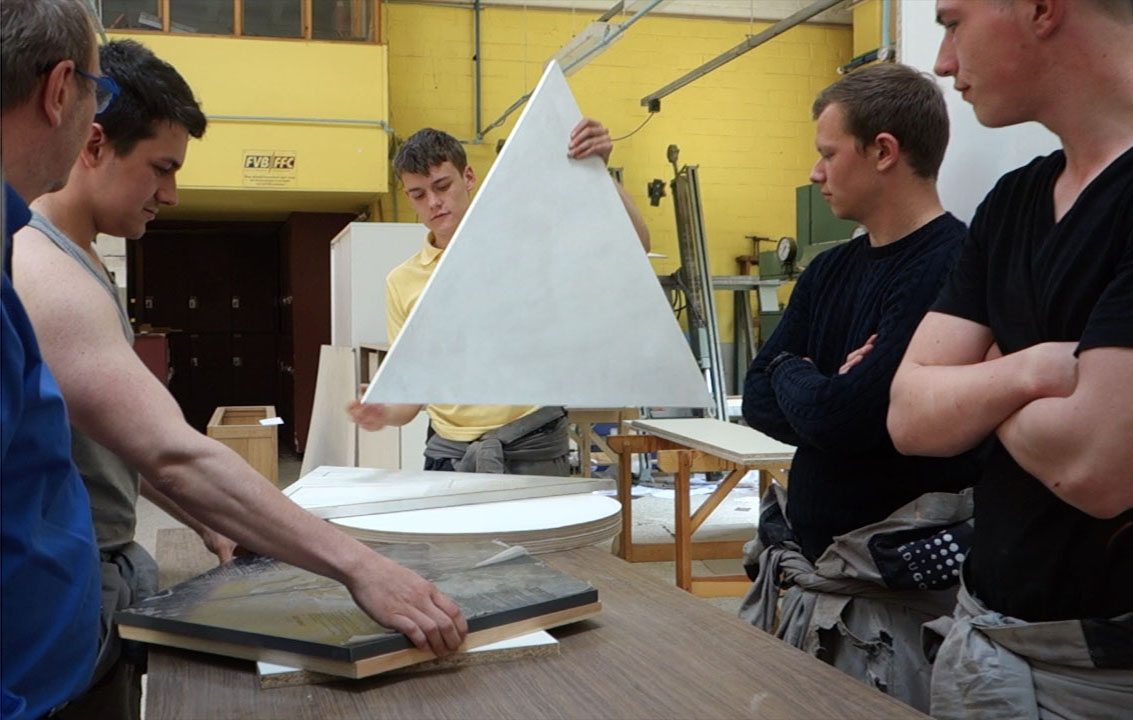
In his seventh exhibition at Transit Gallery, Stijn Van Dorpe sets up collaborations with a variety of people or parties. The Contract is a collaborative project between the artist, the gallery owners, and students of the seventh year woodwork from a vocational school in Ghent. Central to the project are the negotiations between the different parties on how the proceeds of sales will be divided.
Stijn Van Dorpe explores the social potential of contemporary art. The artist believes that art today is more than ever subject to the prevailing power structures and is therefore bound to reproduce its dominant aesthetic values. On the basis of numerous collaborations, often with young people and students, he introduces ‘artistic’ ideas into places that are generally not included in the realm of the elite art world. Strange places emerge there where our image of the world of art (in all its aspects) collides with our constructed social world. Indeterminate mental spaces arise in which both art and life, as necessary conflictive spaces, comment upon each other. Through the staging of these antagonistic fields on the one hand, and the making tangible of actual cooperation on the other, the artist attempts to formulate a parallel and renewed vision of the democratic functioning of the political space and externalize an emancipatory desire.
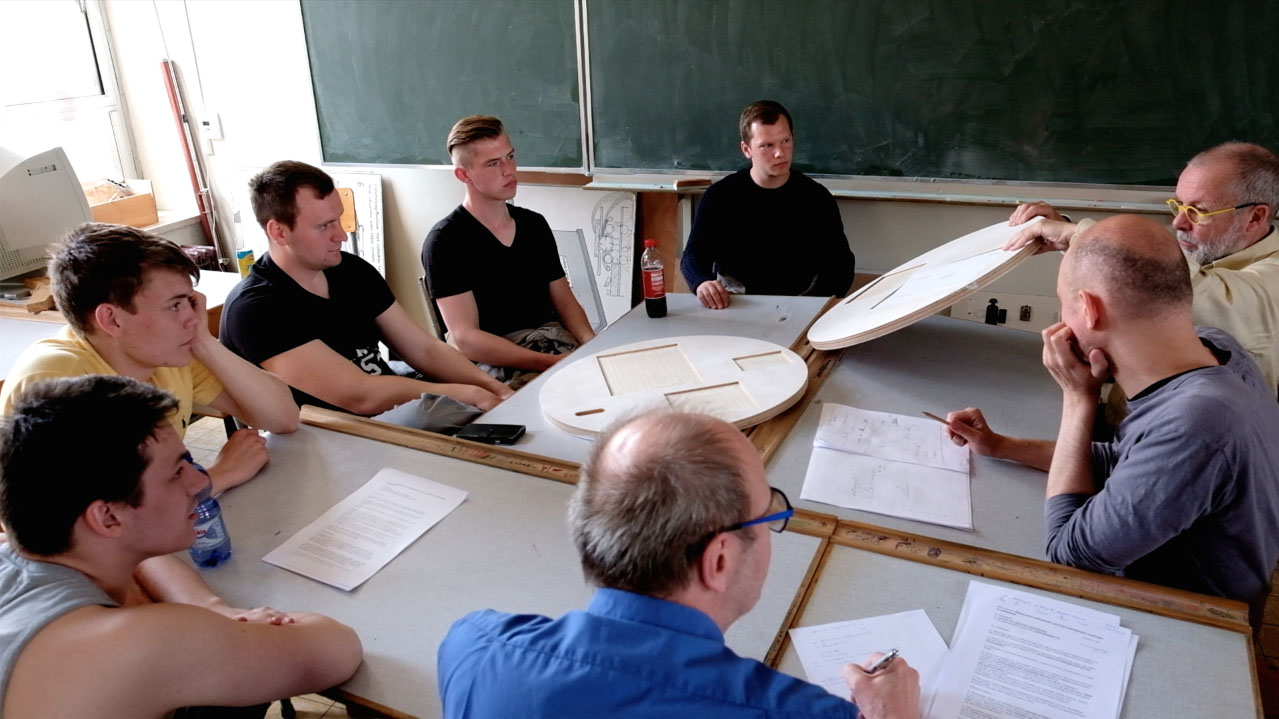
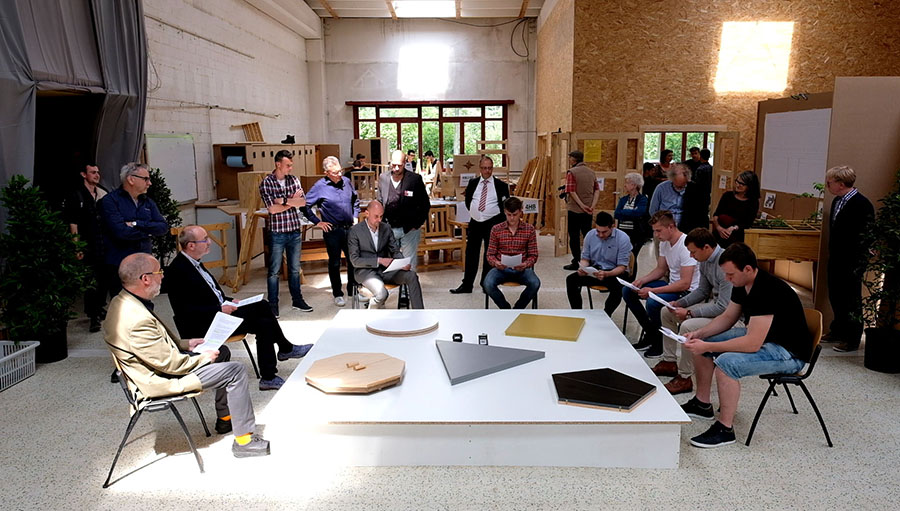
Ideologie AUB! Een denkmodel | 2015 | Netwerk Aalst
De tentoonstelling Ideologie AUB! Een Denkmodel werd tijdens een intensieve residentieperiode van de kunstenaar in KunstWerke Institute for Contemporary Art in Berlijn theoretisch grondig uitgediept. De tentoonstelling wordt samengesteld uit alle projecten die Stijn Van Dorpe het voorbije jaar heeft opgezet. Enkele projecten werden gerealiseerd met participatieve inbreng van o.a. lokale jongeren, een groep kunstverzamelaars en een professionele fijnschilder. Een samenwerkingsproces met leerlingen houtbewerking uit KTA De Voorstad resulteert in een publieke performance tijdens het openingsevent. Daarnaast wordt ook de tweede editie van Stijn Van Dorpe’s publicatiereeks without growth voorgesteld. Deze tentoonstellingspublicatie, met een essay van gastauteur Florence Scialom, wordt gedurende de tentoonstellingsperiode aan democratisch tarief te koop aangeboden.
ENGLISH:
Stijn Van Dorpe (° 1970 Oudenaarde) examines the relationship between the space art occupies and social realities within the framework of the current neoliberal society. He questions the meaning of creative production and ideology of today and takes a sharp look at alternative models of society. The issue of maintaining balance between the autonomy of art and its emancipatory potential is intelligently brought to attention in his work without neglecting a sense of poetry and aesthetic.
During an intense artist-in-residence period at the Kunstwerke Institute for Contemporary Art in Berlin, the exhibition Ideologie AUB! Een Denkmodel was thoroughly theoretically amplified. The exhibition became made up of all the projects Stijn Van Dorpe had launched the previous year. Some projects were realised with the participatory involvement of, among others, local youths, a group of art collectors and a professional fine arts painter. A collaborative process with woodworking students from KTA De Voorstad will result in a public performance during the opening event. In addition, the second edition of Stijn Van Dorpe’s publication series, without growth, will be presented. This exhibition publication, with an essay by guest author Florence Scialom, is offered for sale during the exhibition period at a democratic rate.
A Small History of Modernity, Nijmegen, 2013
Kunstenaarsinitiatief Paraplufabriek/Expoplu, Nijmegen
Onder de titel ‘A Small History of Modernity’ brengt Stijn Van Dorpe enkele nieuwe werken samen die elk op een eigen manier de ervaring van de concreet fysieke en de cultureel gestructureerde ruimte anders doen beleven. De getoonde werken zijn los van elkaar gemaakt maar vormen in onderlinge relatie het narratief van de tentoonstelling. Meer dan zomaar illustrerend is de titel één van de elementen van de tentoonstelling en voegt dus een denkkader toe. Wat je krijgt zijn dus losse delen: een titel, de werken, maar ook de onderdelen van de werken zelf die als bij een ruïne tegelijk een structuur uitzetten. Het is namelijk tussen de resterende delen in dat de ruïne haar geschiedenissen verbeeldt. De door de tentoonstelling en de werken afzonderlijk uitgezette structuur fungeert op dezelfde manier. Het is ook hier dat de speelruimte voor de verbeelding zich in de tussenplaatsen, in de leegte van de niet ingevulde zones bevindt. De openheid van deze speelruimte leidt niet enkel tot esthetische genoegdoening, ze is tevens ook de voorwaarde voor het kritisch potentieel van de tentoonstelling. Het is van hieruit dat ook anders gedacht en gekeken kan worden naar de maatschappij en haar verleden, waarin de aangegeven bouwstenen vervat zitten.
Zo ging de kunstenaar o.a. aan de slag met een klas uit het 7de jaar secundair beroepsonderwijs die de optie decoratie en restauratie schilderwerk volgen. In dit overgangsjaar tussen school -en werksituatie leren de studenten o.a. marmerimitaties schilderen. De kunstenaar was gefascineerd door zowel de discrepantie die deze marmerimitaties doen ontstaan tussen drager en beeld als door de fragiliteit en onbestemdheid van de maatschappelijke positie waarin de jongeren zich bevinden, tussen school en arbeidsmarkt in. Het werk bespeelt tevens d.m.v. de visuele link van de marmers met de ‘minimal’ of ‘fundamental’ art het spanningsveld tussen leven en kunst.
Under the title ‘A Small History of Modernity’, Stijn Van Dorpe presents a number of new works that, each in their own way, affect thestructured experience of the concrete physical and cultural space. The works were conceived ??independently, yet brought together these interrelated elements constitute the narrative of the exhibition. The title of the work, aside from fulfilling a descriptive function, doubles as one of the elements in the exhibition and creates, in this way, a conceptual framework. What is ultimately presented is a collection of loose parts: a title, the works, but also the parts of the works that, much like a ruin, create a structural formation. It is indeed among the partsremaining that the ruin conceives its histories. The structure established by the exhibition as well as the individual works functions in a similar way. Here also, the arena of the imagination exists in intermediate spaces, in the emptiness of unfilled zones. The openness of thisarena not only engenders aesthetic satisfaction, but also formulates the condition for the critical potential of the exhibition. This forms the basis for a different approach, a new way of looking at, and thinking about, society and its past, both of which comprise the specific aforementioned building blocks.
In this way, the artist set to work with a class of 7th year vocational education students, training in decoration and painting restoration. Inthis transitional year between school and workplace, the students are taught techniques such as, among others, marble imitation. The artist was fascinated by both the discrepancy the marble imitations create between carrier and image, and the fragility and ambiguity of thesocial situation in which these young people find themselves, caught in a transitory state between school and labour market. This workalso plays, in the way the marbles hint at aspects of ‘minimal’ and ‘fundamental’ art, with the tension between life and art.
Two Stories, galerie Transit, May & June 2012
Het verhaal zegt dat jaren geleden de jonge galeriehouders in spe naar het Kunstmuseum Bern reisden, waar zij zich in de boekenshop nestelden en de boeken over Paul Klee verslonden, waarna Jürgen Glaesemer, de directeur van de Paul Klee Stiftung, hen meenam achter de schermen, naar het archief van het museum. Dit verhaal was voor Stijn Van Dorpe de aanleiding tot een onderzoek naar esthetiek in relatie tot en in oppositie met bepaalde machtsverhoudingen binnen en buiten de kunst.
The story says that years ago the young gallerist in waiting traveled to the Kunstmuseum Bern, where they spend so much time in the book shop to study the books on Paul Klee that Jürgen Glaesemer, the director of the Paul Klee Stiftung, took them behind the scenes to the archives of the museum. This story triggered Stijn Van Dorpe to investigate the aesthetics in relation to and in opposition to certain power relations within and outside the artworld.
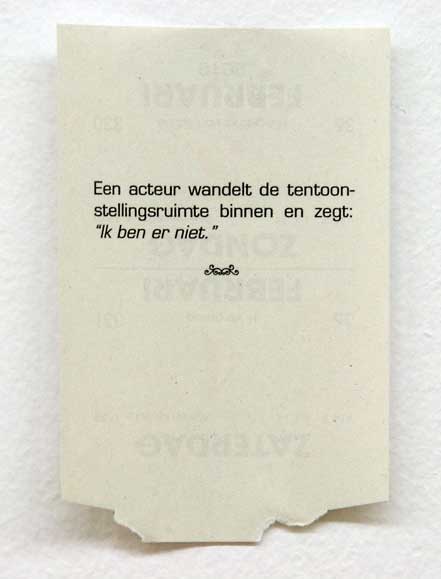
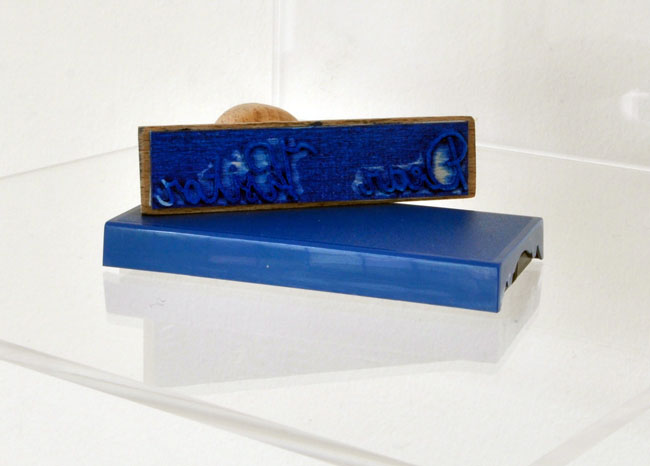
SecondRoom Gent, 2011
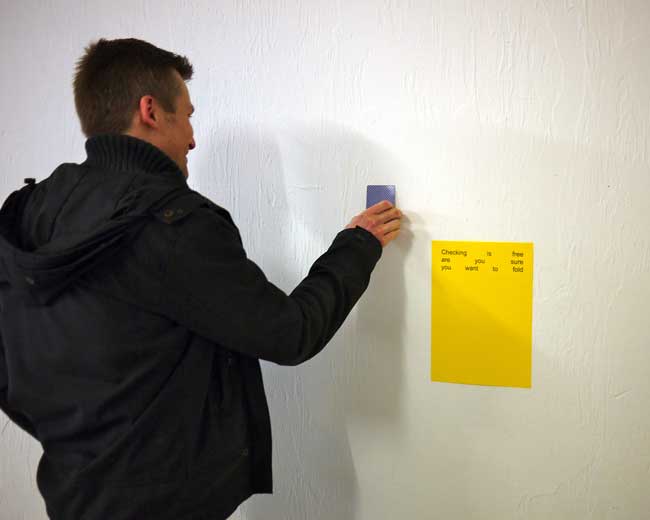
‘Was heißt Freiheit Hans?’, 2010, galerie Transit
Stijn Van Dorpe’s work moves in two directions. On the one hand he attempts to insert his artistic propositions in the everyday world; on the other hand he tries to bring the outside world into the mental and physical space of art. Depending on the imaginary direction chosen by the spectator, the work shifts between performance and sculpture.
Het werk van Stijn Van Dorpe beweegt zich in twee richtingen. Enerzijds tracht hij kunstproposities in de dagdagelijkse wereld te schuiven, anderzijds tracht hij de buitenwereld in de mentale en fysieke ruimte van de kunst te brengen. Afhankelijk van de door de toeschouwer gekozen denkbeeldige richting, verschuift het werk tussen ‘performance’ en ‘sculptuur’.
Francis Smets schreef een tekst over de tentoonstelling die u hier kunt lezen
2008, Transit: PROJECT …
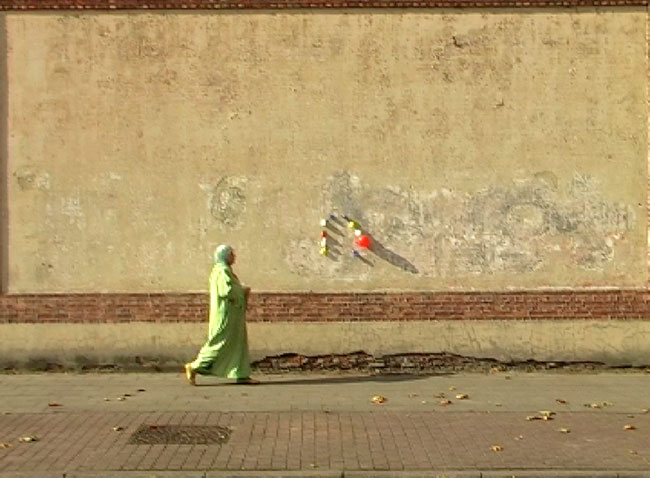
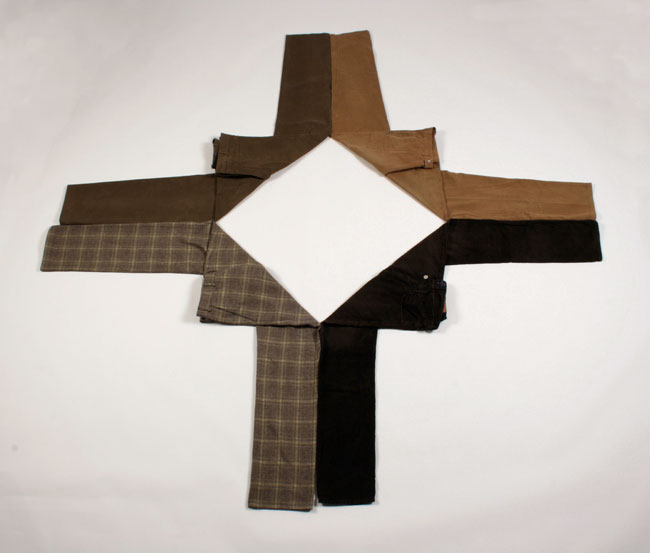

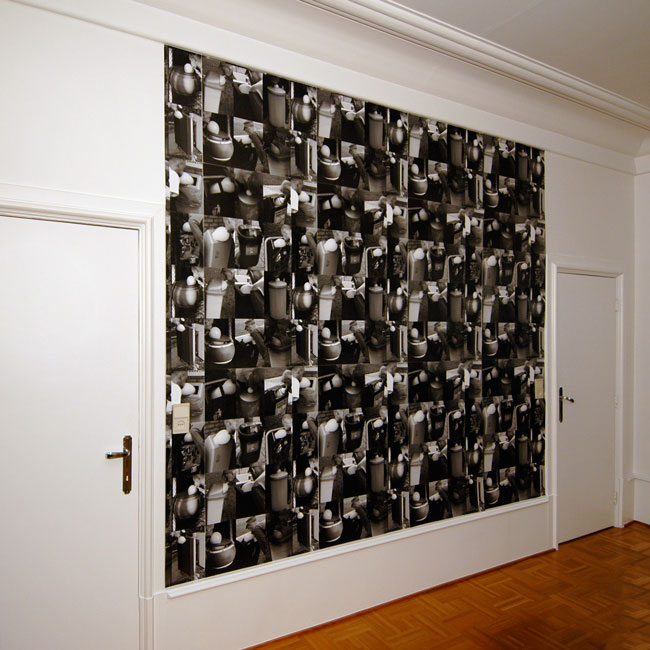
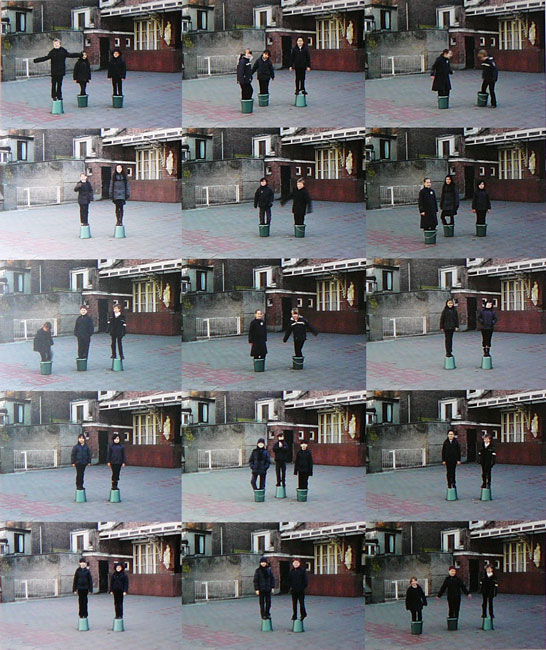
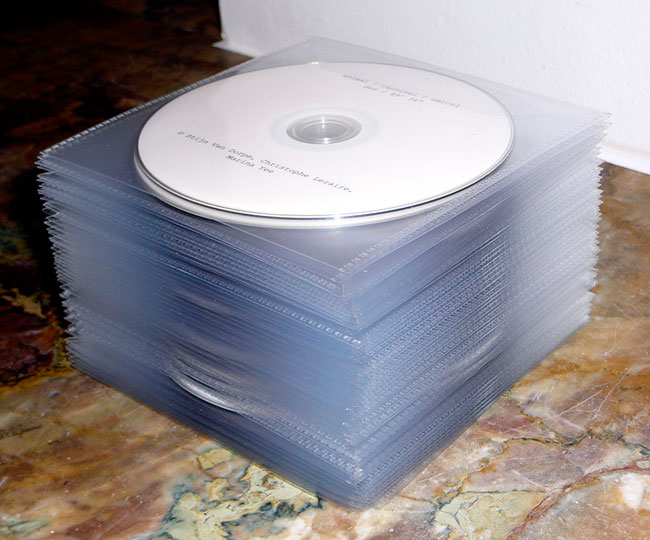
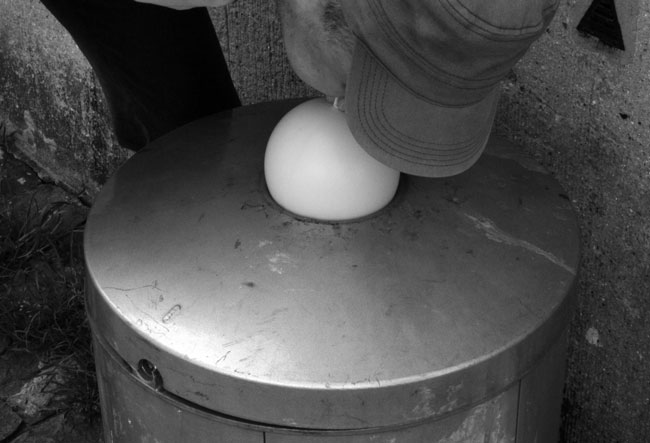
Publication
